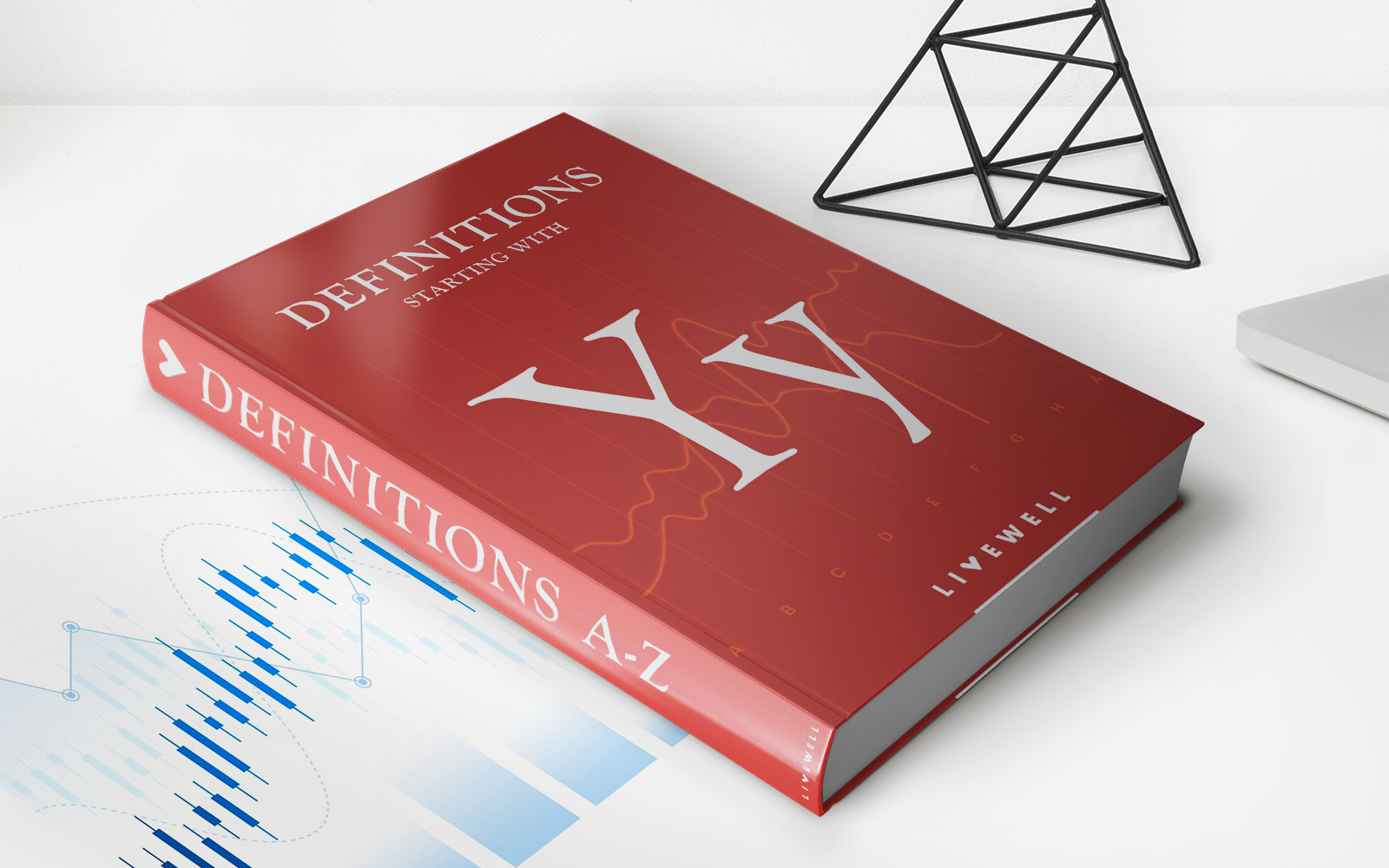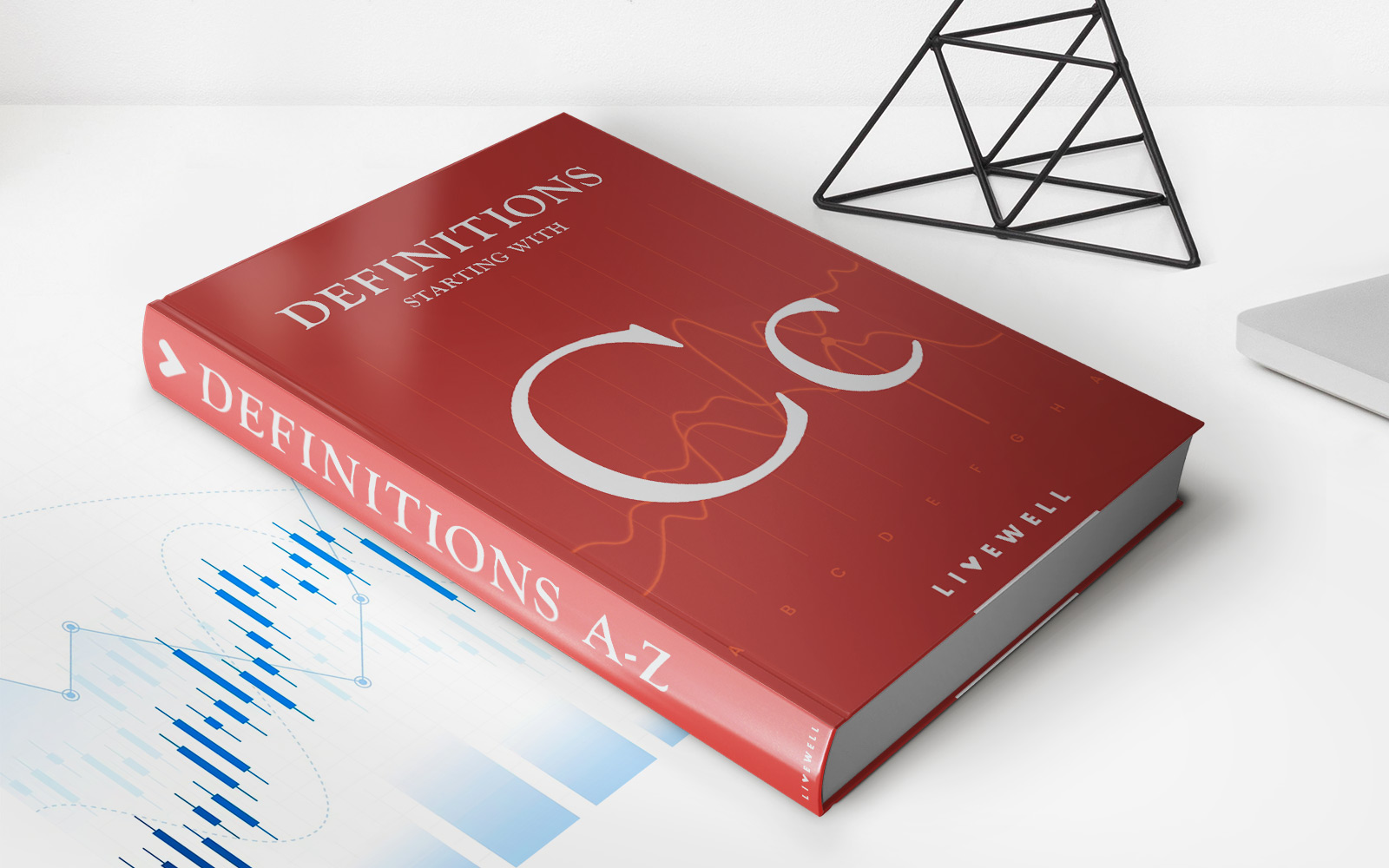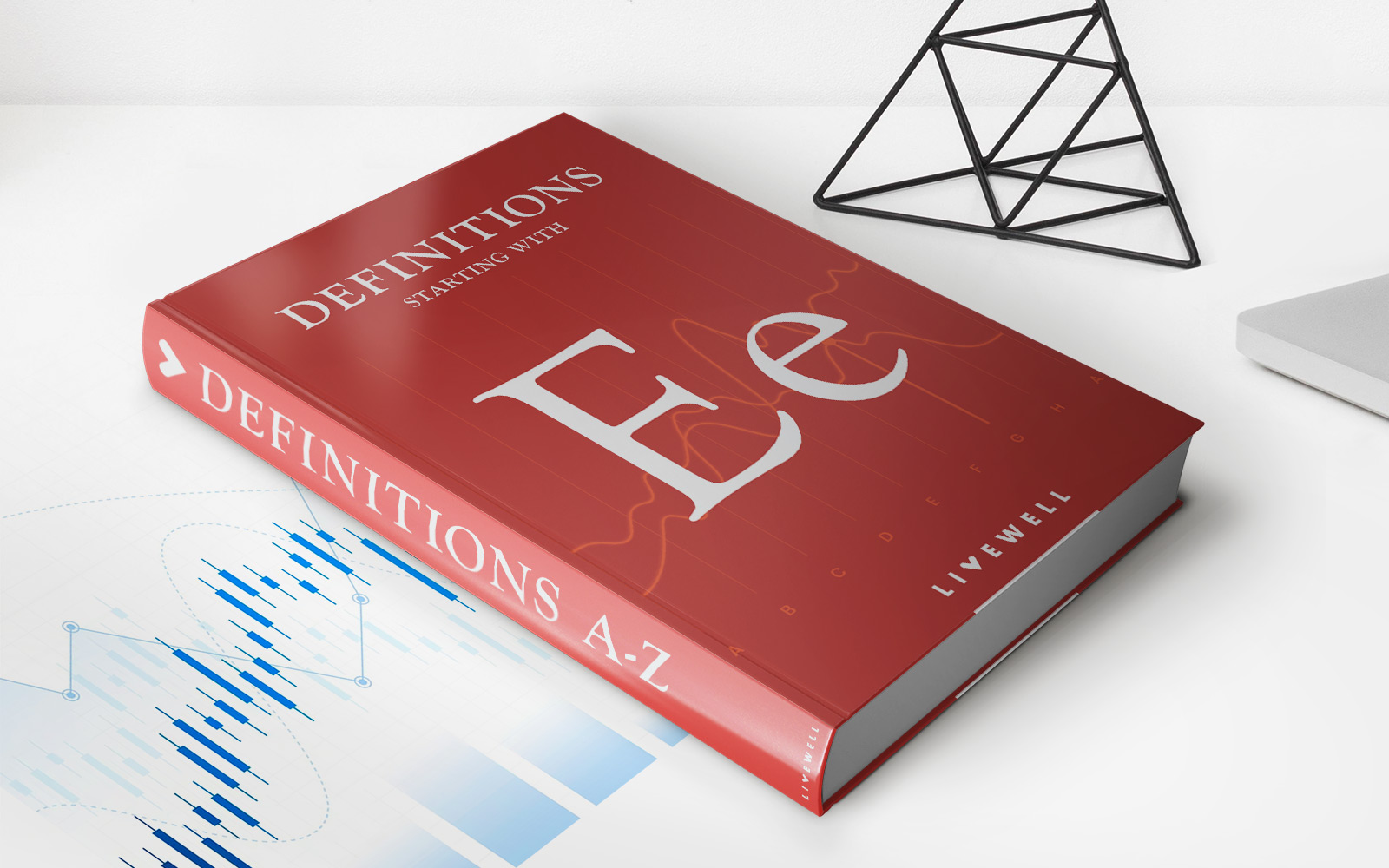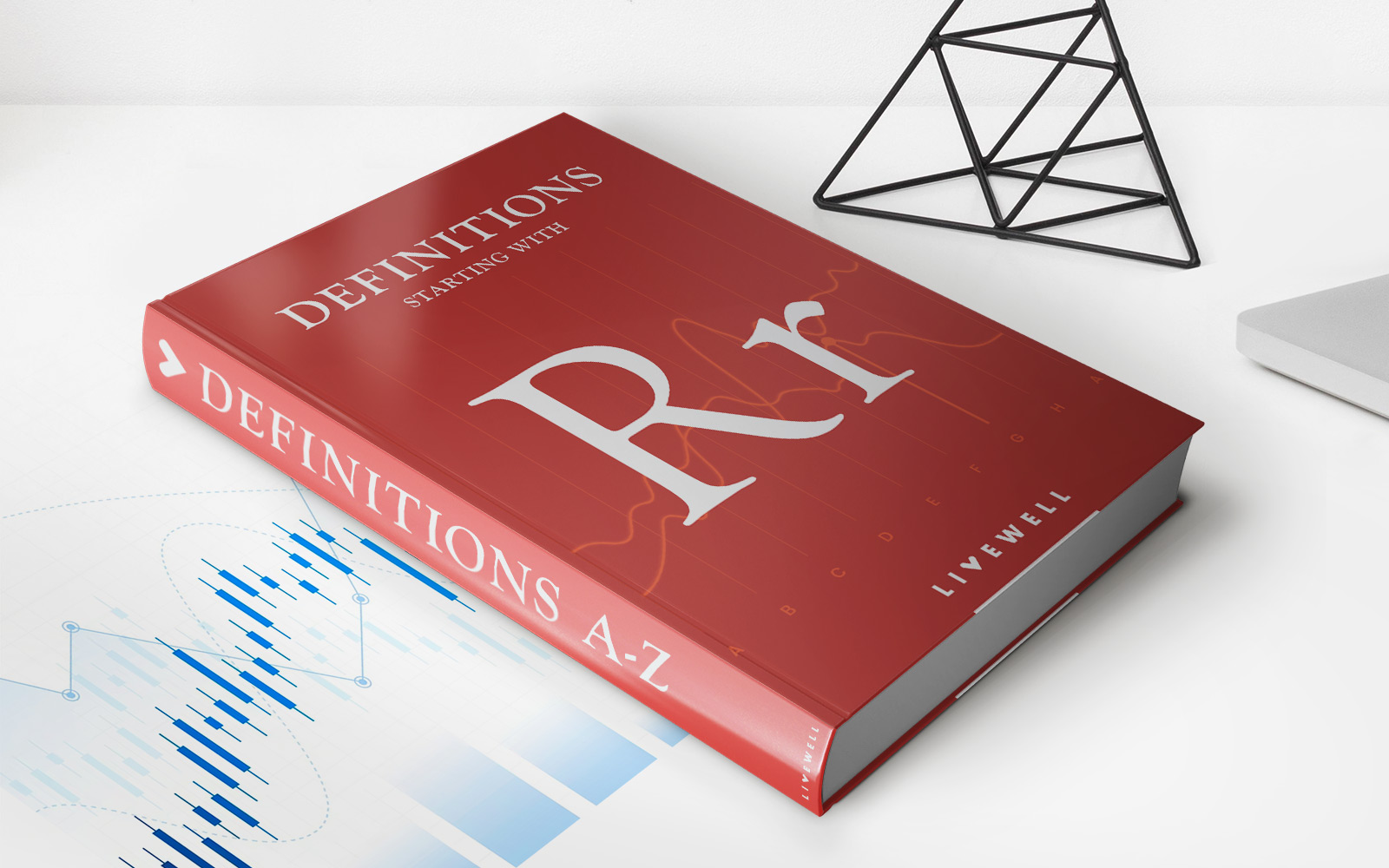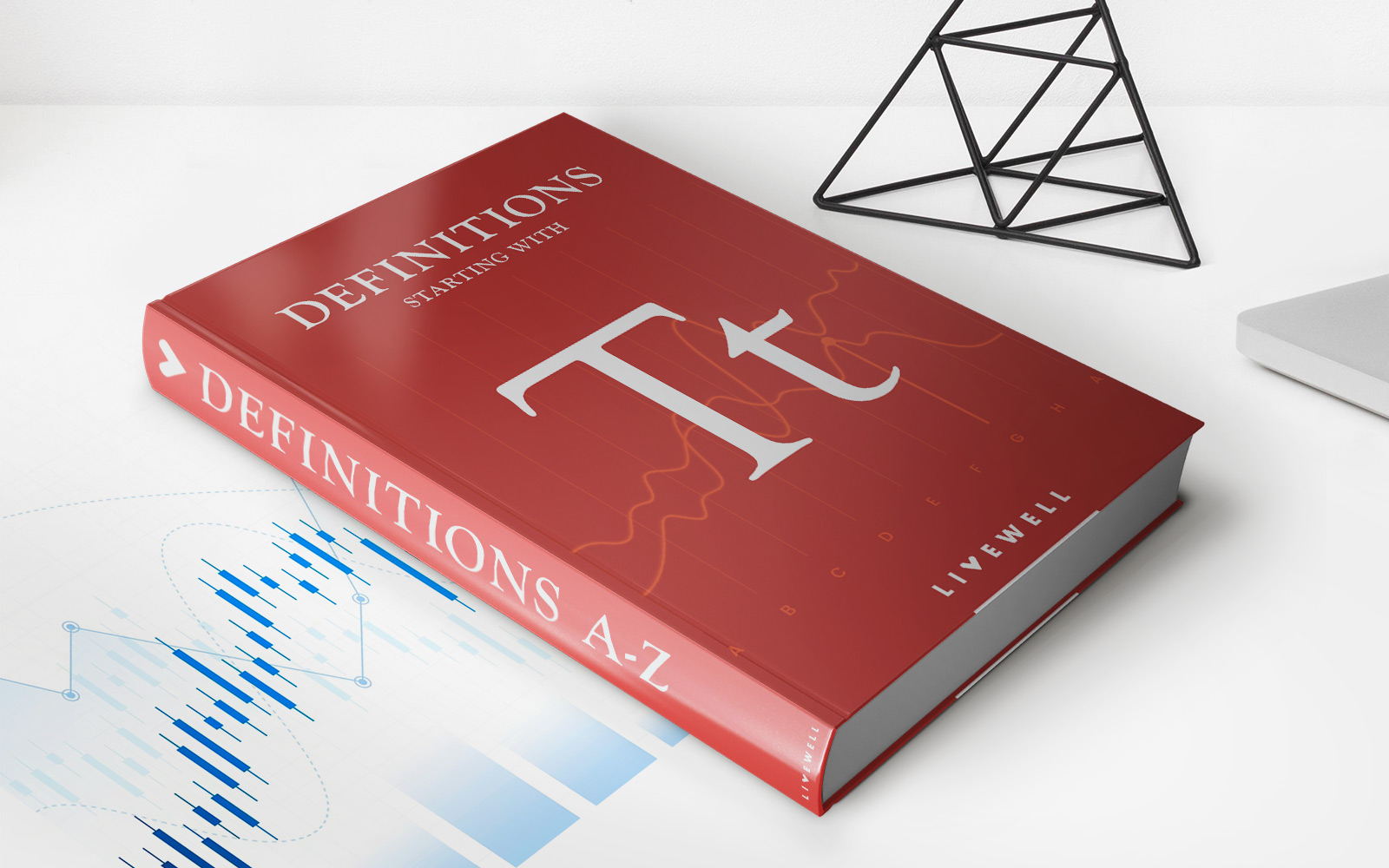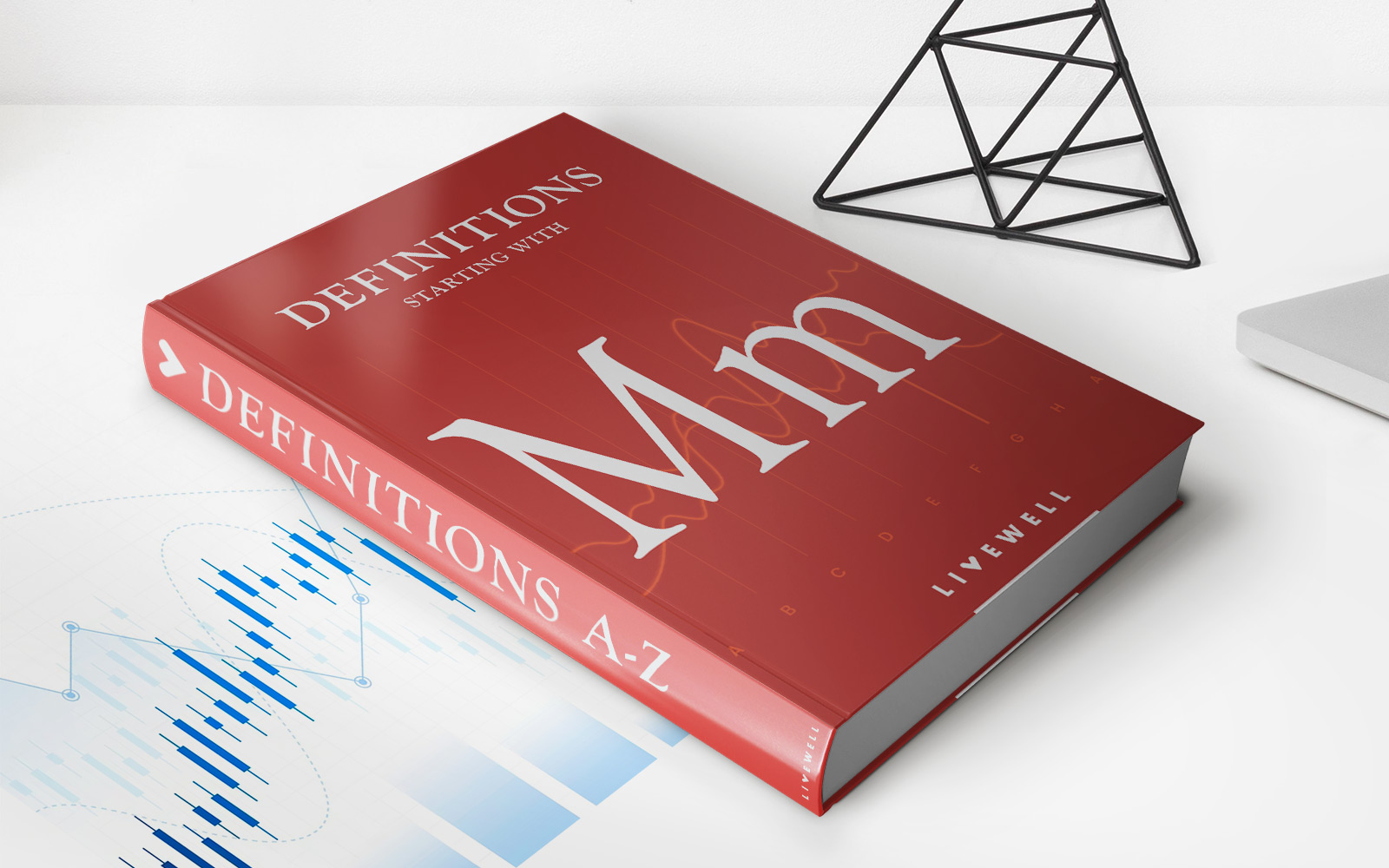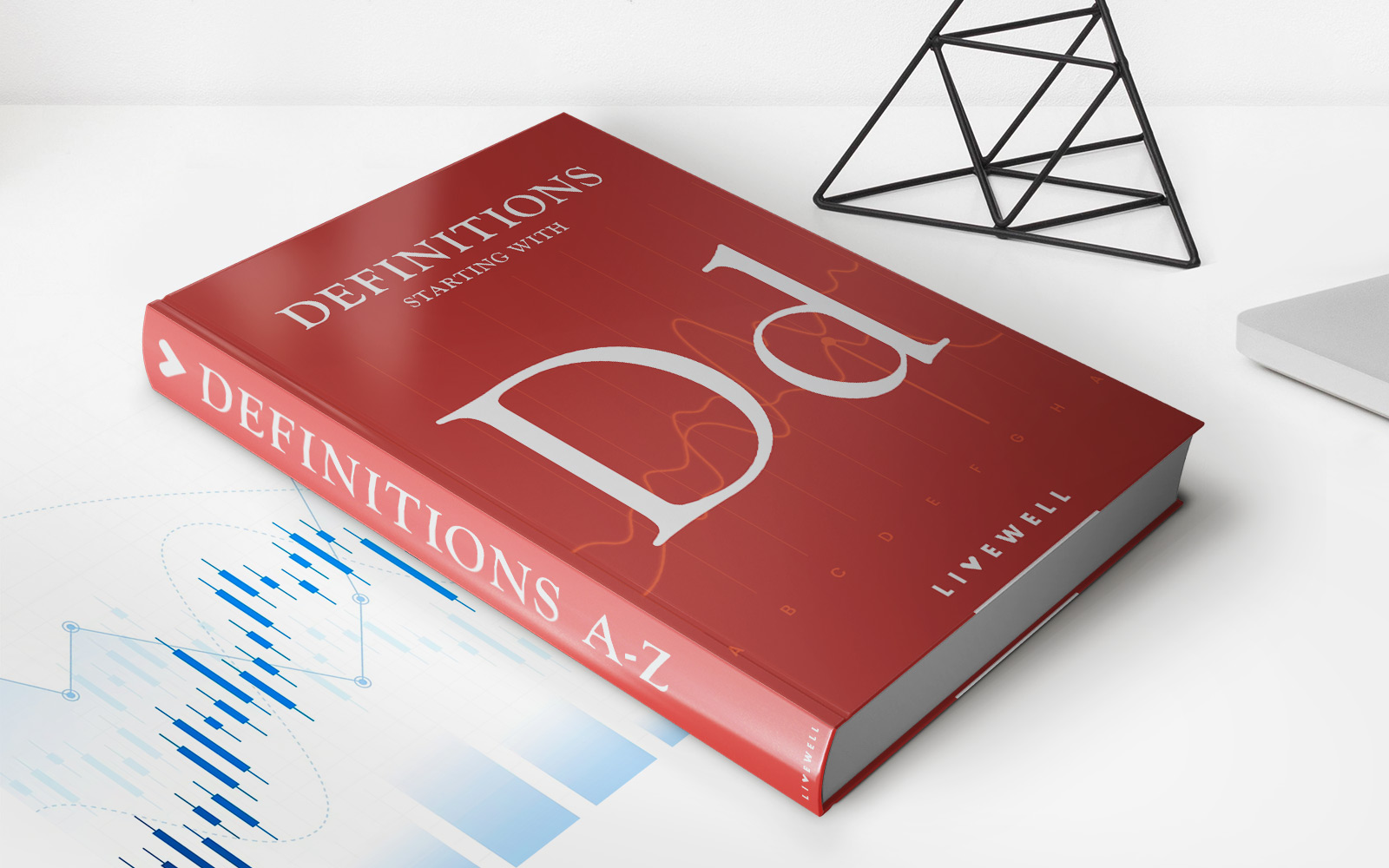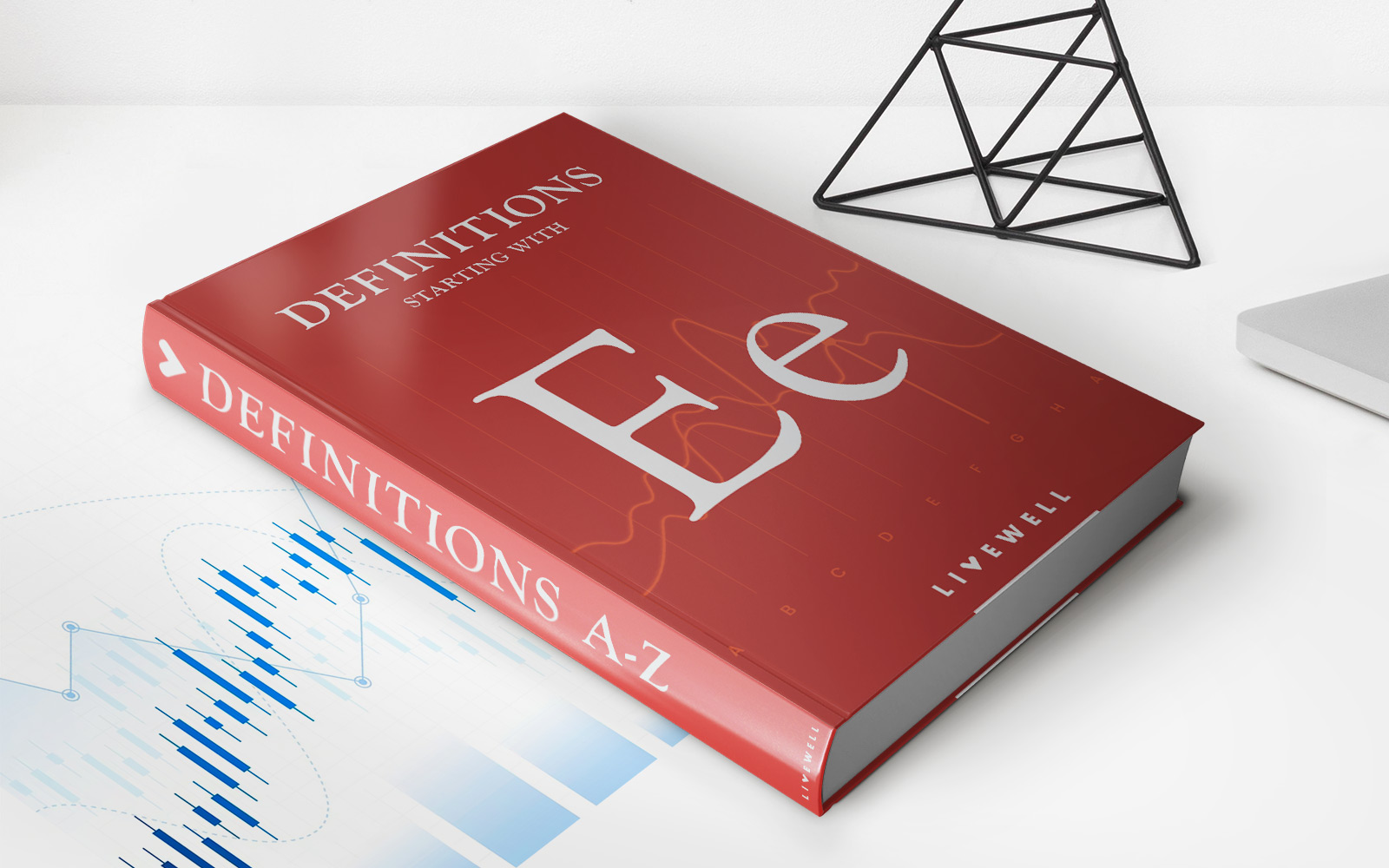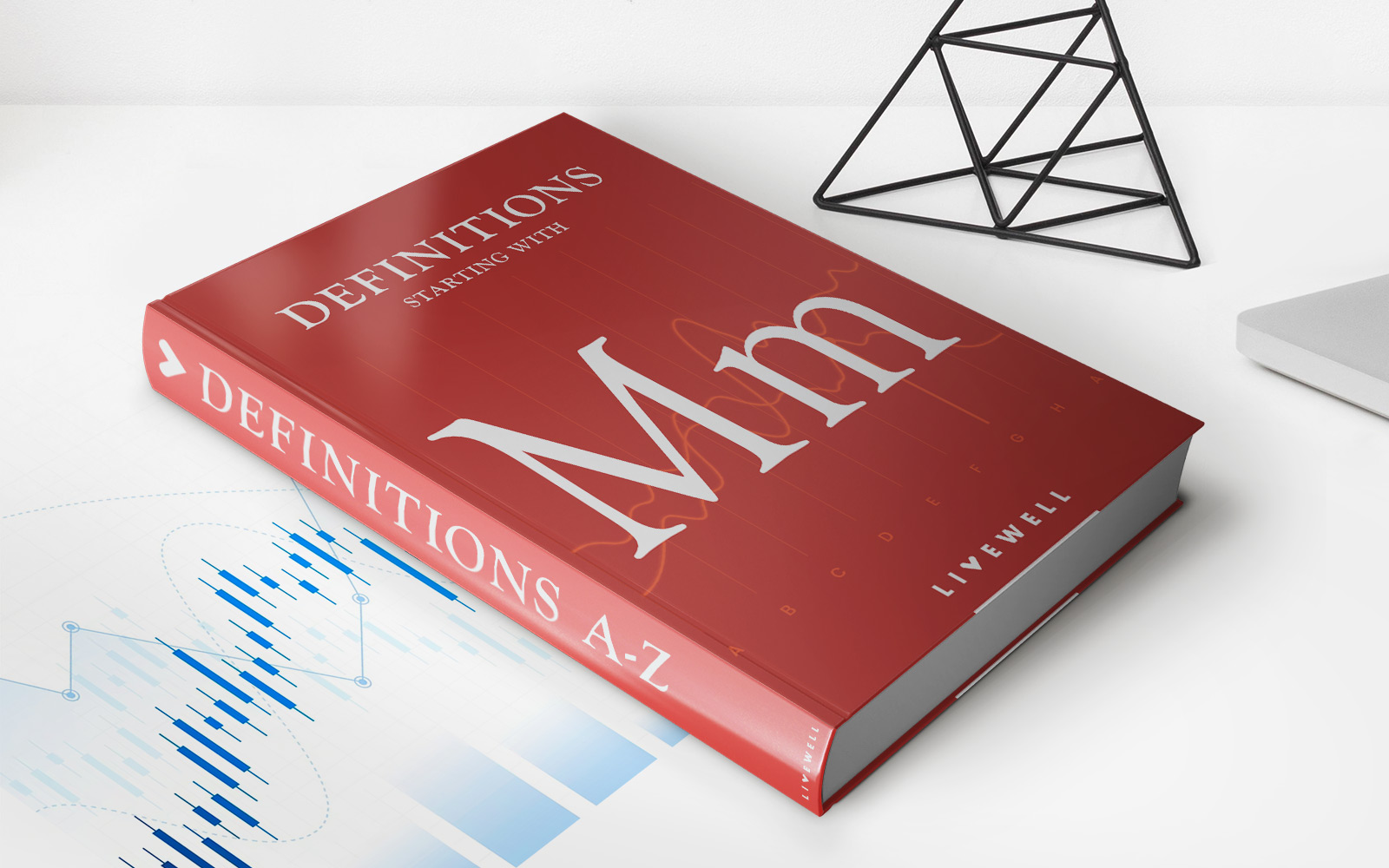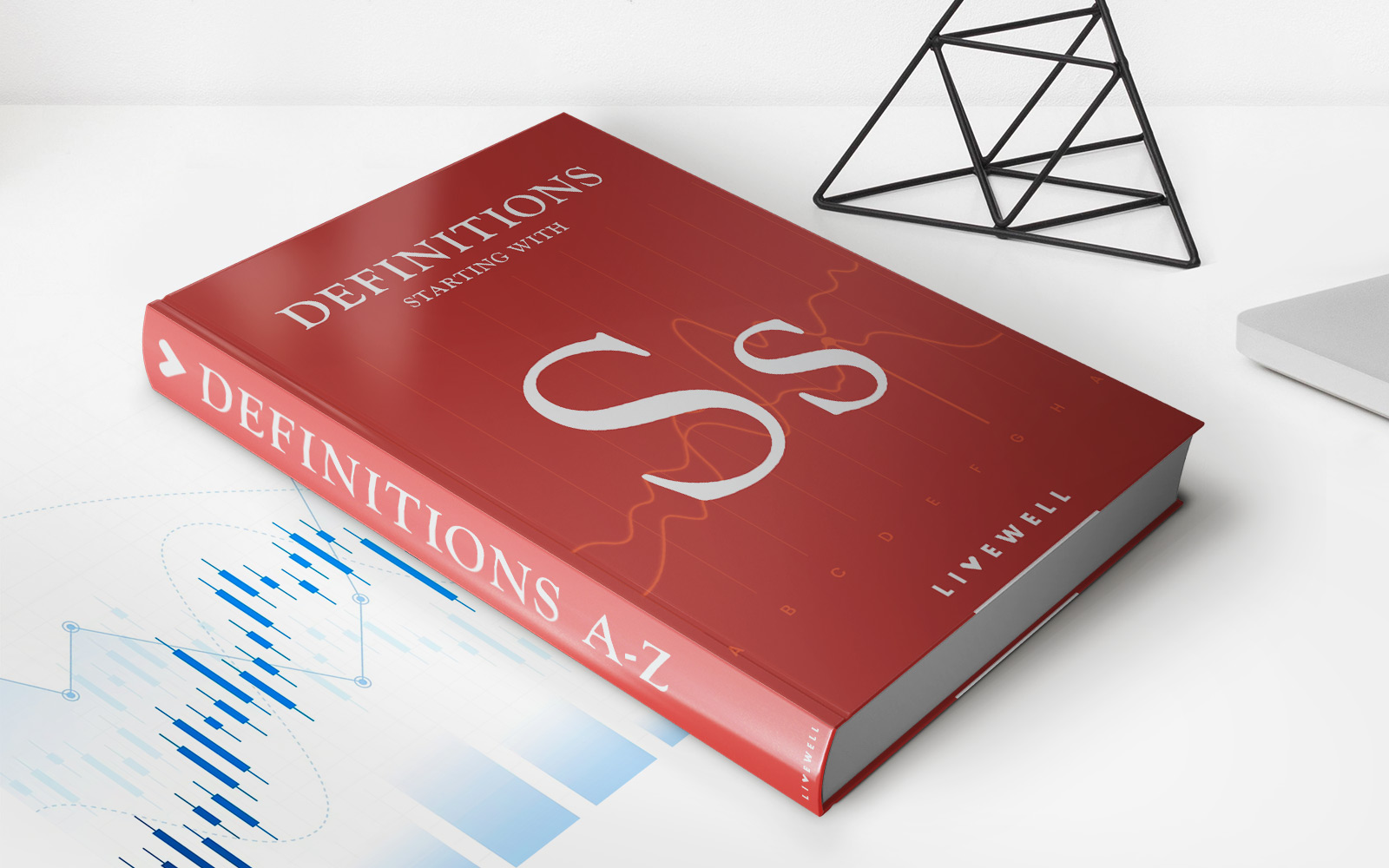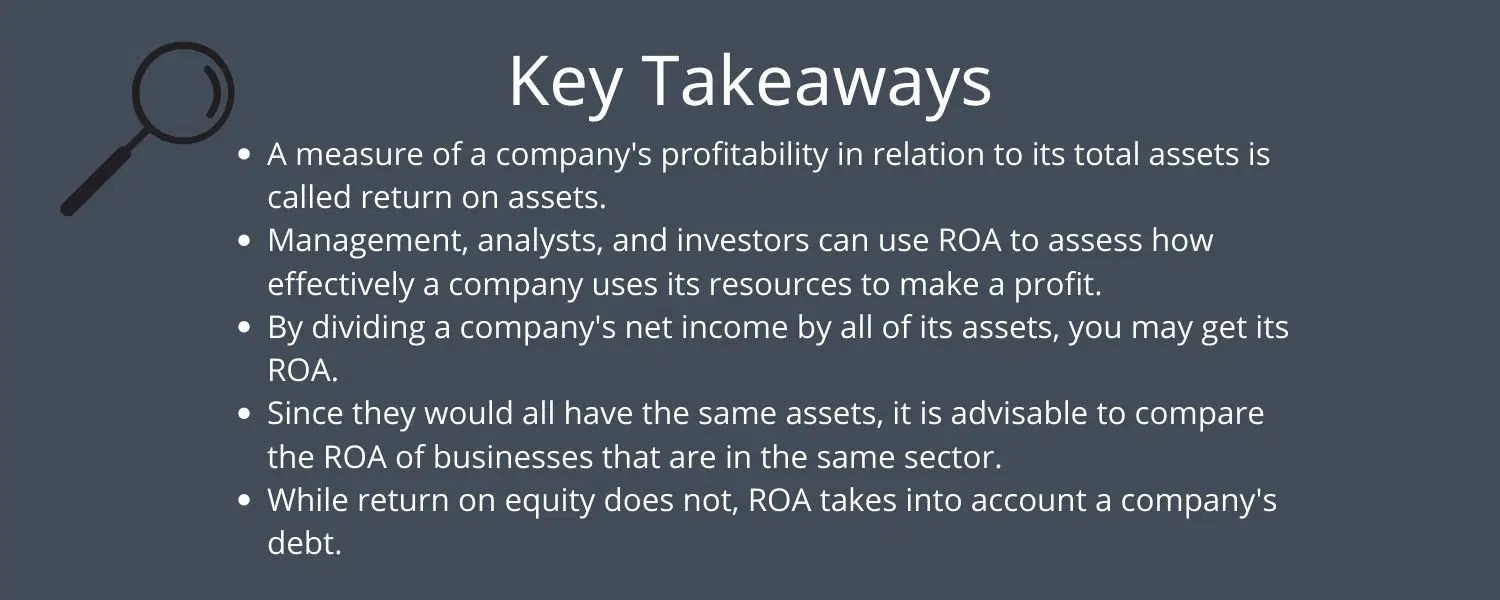Home>Finance>Risk-Neutral Probabilities: Definition And Role In Asset Value
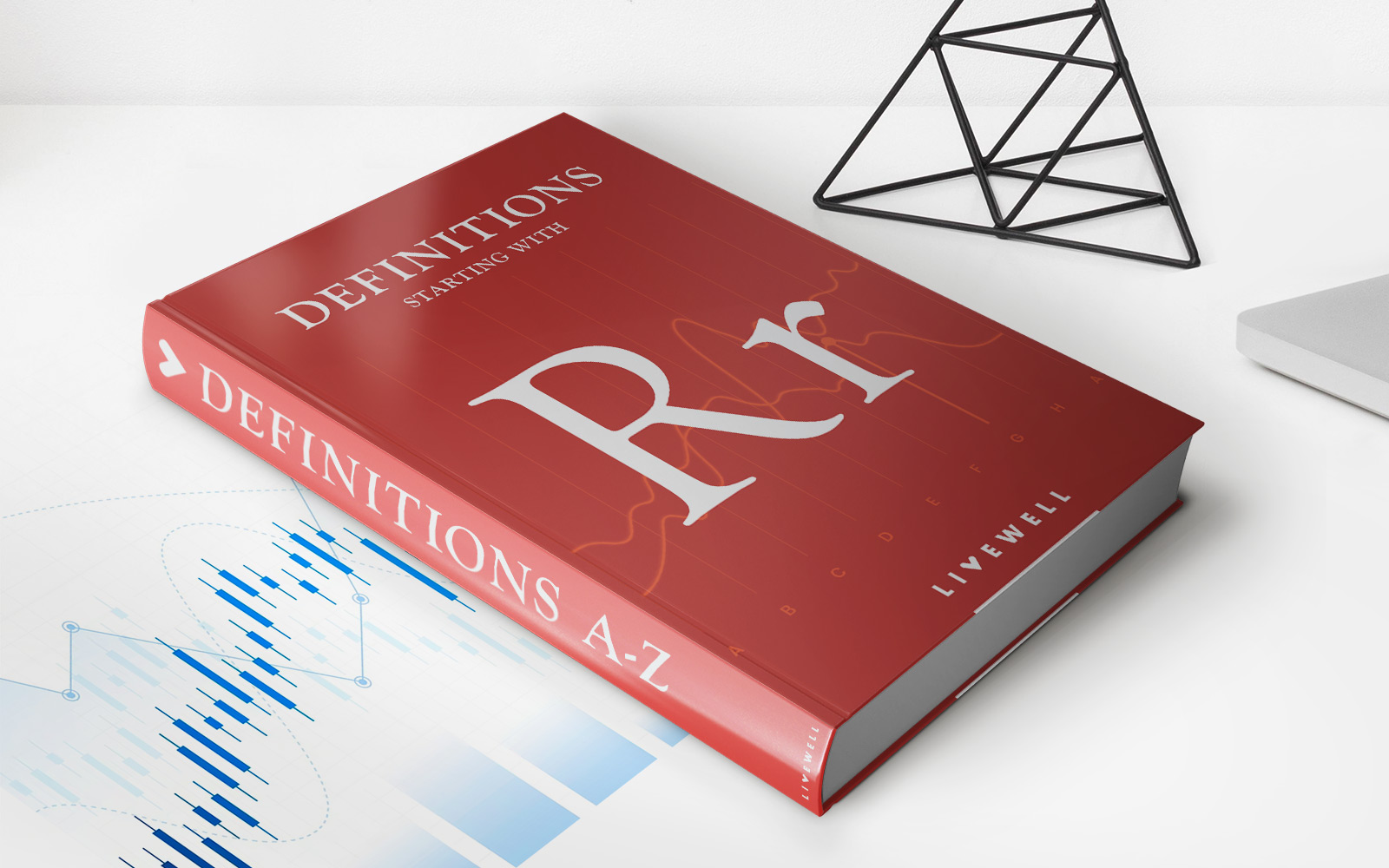

Finance
Risk-Neutral Probabilities: Definition And Role In Asset Value
Published: January 21, 2024
Learn about risk-neutral probabilities in finance and their crucial role in determining asset value. Gain a clear definition and understanding of this key concept.
(Many of the links in this article redirect to a specific reviewed product. Your purchase of these products through affiliate links helps to generate commission for LiveWell, at no extra cost. Learn more)
Understanding Risk-Neutral Probabilities: The Key to Asset Value
When it comes to the world of finance, one crucial concept that often comes into play is risk-neutral probabilities. This notion is vital for evaluating and determining the value of assets, and it plays a significant role in financial decision-making. In this article, we will delve into the definition of risk-neutral probabilities and discuss their significance in assessing asset values.
Key Takeaways:
- Risk-neutral probabilities are a way of calculating the expected returns of an investment without factoring in the risks associated with it.
- These probabilities are utilized in option pricing models, such as the Black-Scholes model, to estimate the value of financial derivatives.
So, what exactly are risk-neutral probabilities? In finance, risk-neutral probabilities represent an imaginary probability distribution where investors are indifferent to risk. They assume a world with no market frictions, transaction costs, or taxes. In other words, risk-neutral probabilities imply that investors are neither risk-averse nor risk-seeking.
These probabilities can be calculated by applying a technique referred to as risk-neutral pricing. This approach assumes that the expected value of an investment, adjusted for the time value of money, is equal to the discounted expected payoff under risk-neutral probabilities.
Now that we understand the definition, let’s explore the role of risk-neutral probabilities in asset value:
1. Option Pricing
Risk-neutral probabilities are extensively used in option pricing models, including the renowned Black-Scholes model. These models enable investors and traders to determine the fair price of options based on various factors such as the underlying asset’s price, time to expiration, volatility, and risk-free interest rate.
By incorporating risk-neutral probabilities, option pricing models provide a framework for evaluating the value of options and other financial derivatives. This allows investors to make informed decisions when trading options and assess the potential risk and return associated with these instruments.
2. Valuation of Risky Assets
Risk-neutral probabilities also play a crucial role in valuing other types of risky assets. To determine the value of an asset, analysts often employ various models, such as discounted cash flow (DCF) analysis or the capital asset pricing model (CAPM).
By incorporating risk-neutral probabilities, these models can provide a more accurate estimation of an asset’s value by adjusting for the risk component in the expected cash flows. By using risk-neutral probabilities, investors can account for the uncertainty and volatility of future payments and make informed decisions about the value of the asset.
Conclusion
Risk-neutral probabilities are a fundamental concept in finance that enables investors to assess the value of assets and make informed decisions. By utilizing these probabilities in option pricing models and asset valuation techniques, investors gain valuable insights into the potential risk and return associated with different investments.
As a finance professional, it’s essential to understand and leverage the role of risk-neutral probabilities in your decision-making process. By incorporating these probabilities into your analysis, you can make more accurate assessments of asset values and optimize your investment strategies.
So, next time you’re evaluating an investment or pricing an option, remember to consider the role of risk-neutral probabilities as an invaluable tool in the world of finance.



